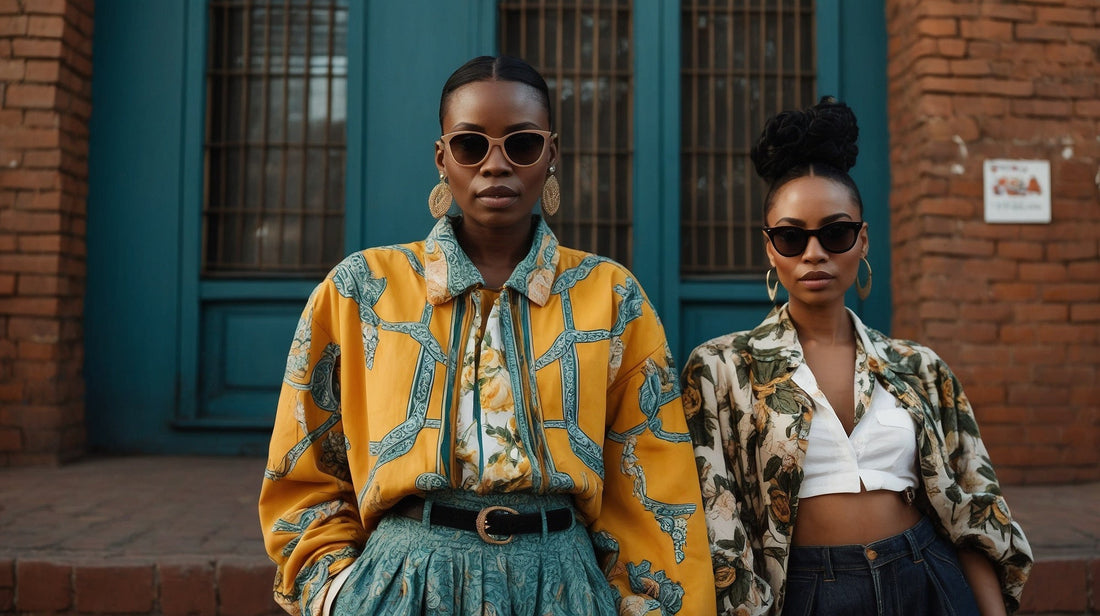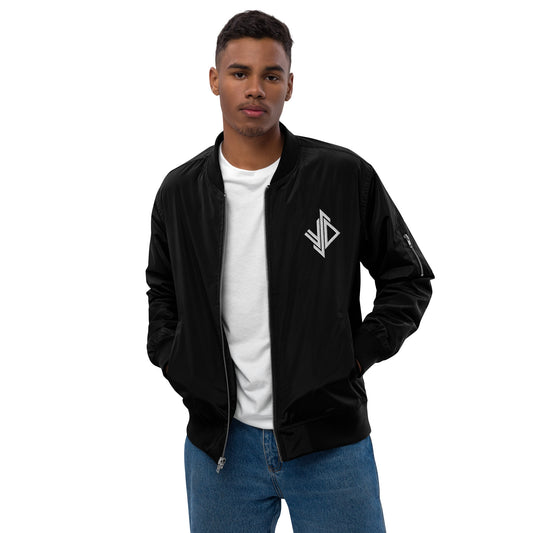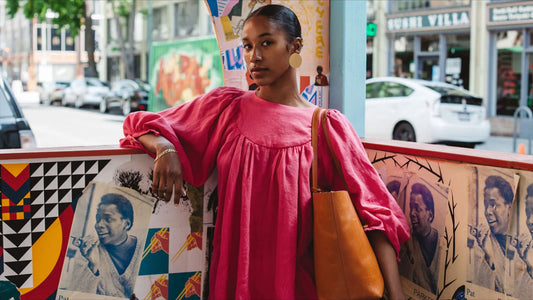
Concrete Threads: The Pulse of Modern Street Style
In a world where culture moves at the speed of a scroll, streetwear has evolved into more than just a fashion statement—it is a mirror reflecting the energy, rebellion, and creativity of contemporary society. Concrete Threads: The Pulse of Modern Street Style explores how today’s street fashion has become a global phenomenon, influencing luxury houses, disrupting traditional fashion hierarchies, and creating a vibrant community that thrives on individuality and innovation.

The Origins of Streetwear: A Brief Retrospective
To understand where streetwear stands today, it is essential to trace its roots. Emerging in the late 1970s and early 1980s, street fashion was born out of subcultures—skateboarding, hip-hop, punk, and graffiti. These movements rejected mainstream aesthetics, instead championing authenticity and self-expression.
Brands like Stüssy, Supreme, and FUBU laid the groundwork. Their appeal lay not just in the garments but in what they represented: a DIY ethos, exclusivity through limited releases, and a connection to a specific cultural tribe.
Fast forward to the 2020s, and streetwear has shed its niche label to become a dominant force, blurring lines between high fashion, sportswear, and underground culture.
The Democratic Power of Street Fashion
One of streetwear's most defining characteristics is its accessibility. Unlike haute couture, which historically catered to an elite clientele, streetwear has always spoken to the everyday individual. It is democratic in nature—originating from the streets, influenced by diverse voices, and worn by people from all walks of life.
However, accessibility does not equate to uniformity. Street style thrives on personal flair. It is as much about customization as it is about brand loyalty. Vintage hunting, patchwork, upcycling, and sneaker swapping all contribute to a wearer's signature look.

Global Influences: From Tokyo to New York
While early streetwear hotspots centered around cities like New York and Los Angeles, today's street fashion landscape is undeniably global.
In Tokyo, Harajuku’s experimental layering, vibrant prints, and genre-defying aesthetics have shaped trends for decades. Japanese brands such as BAPE, Neighborhood, and Undercover have become cornerstones of the movement, blending meticulous craftsmanship with urban edginess.
London brings its own twist, weaving in elements of grime culture, football casuals, and punk rock. Labels like Palace and A-COLD-WALL* reflect the city’s gritty charm and socio-political commentary.
Meanwhile, Seoul’s street scene has exploded, propelled by K-pop icons and a younger generation eager to challenge conventions. Gender-neutral silhouettes, bold graphics, and hybrid styling define the South Korean approach to streetwear.
This cross-pollination of influences has elevated street fashion into a truly global dialogue, where ideas transcend borders and subcultures intertwine.

Luxury Meets the Street: A Paradigm Shift
Perhaps the most striking transformation in recent years is the collaboration between luxury brands and streetwear giants. What was once considered antithetical—high-end fashion and streetwear—has now become a harmonious partnership.
Consider Louis Vuitton’s groundbreaking collaboration with Supreme or Dior tapping Shawn Stussy to reimagine its logos. These alliances do not merely offer commercial gain; they signify a deeper cultural shift, where traditional fashion houses acknowledge the authority and relevance of street culture.
For younger consumers, the convergence of luxury and streetwear creates a new kind of prestige. Owning a limited-edition sneaker drop or an exclusive hoodie carries as much status weight as a designer handbag.
The Rise of Digital-First Fashion
Another pivotal force shaping modern street style is technology. Social media platforms, particularly Instagram and TikTok, have turned everyday wearers into influential tastemakers.
The #OOTD (Outfit of the Day) phenomenon democratizes fashion visibility. No longer confined to runways or magazine spreads, street fashion now lives online, shared instantaneously with global audiences.
Brands, too, have adapted. Virtual pop-ups, NFT-linked apparel, and augmented reality try-ons are redefining how streetwear is consumed. Digital spaces allow for unprecedented experimentation, where identity can be fluid and style infinitely customizable.

Sustainability and Streetwear: A Conscious Movement
Despite its fast-moving nature, there is a growing undercurrent of sustainability within streetwear. As climate concerns intensify, many brands and consumers are re-evaluating their consumption habits.
Vintage shopping, resale platforms, and eco-friendly collaborations are gaining traction. Brands like PANGAIA emphasize biodegradable materials, while initiatives like Nike’s Move to Zero campaign aim to reduce carbon footprints.
Independent labels are leading the charge, utilizing recycled fabrics, ethical production methods, and transparent supply chains. In a space historically driven by exclusivity and hype, this pivot toward responsibility marks a significant evolution.
Key Elements Defining Today’s Street Style
While streetwear is notoriously difficult to pin down—thanks to its ever-evolving nature—several recurring elements help define the pulse of modern street fashion:
-
1. Oversized Silhouettes
Baggy hoodies, wide-leg trousers, and boxy outerwear remain staples, offering both comfort and a bold aesthetic. -
2. Graphic Storytelling
Whether through provocative slogans, cultural references, or original artwork, graphic tees and statement pieces are essential to streetwear’s narrative. -
3. Sneaker Culture
Sneakers are more than footwear; they are collectible art. Collaborations, rare drops, and custom designs fuel an entire sub-economy. -
4. Layering and Mixing Textures
Combining sportswear with tailored pieces, leather with nylon, or vintage with high-end labels epitomizes the eclectic, no-rules spirit of street style. -
5. Gender-Fluid Fashion
Today’s streetwear increasingly embraces unisex cuts, neutral color palettes, and androgynous designs, reflecting a shift toward inclusivity and fluid identity.

The Role of Community and Subcultures
At its core, streetwear is built upon community. Whether it is a skate crew, a music scene, or an online forum, these communities shape the trends and values of street fashion.
Drop culture—a phenomenon where limited items are released at specific times—reinforces this sense of belonging. Queuing outside stores, engaging in digital raffles, or trading items fosters a collective experience.
Moreover, subcultures continue to birth new aesthetics. The rise of gorpcore (outdoor-inspired streetwear), Y2K revivalism, and techwear illustrate how niche groups drive innovation and ensure street style remains fresh.

Challenges and Criticisms Facing Streetwear
Despite its widespread influence, modern streetwear is not without criticism. One recurring debate centers around commodification. As major corporations capitalize on streetwear’s popularity, some argue it dilutes the authenticity and DIY roots of the movement.
Additionally, the exclusivity of limited drops has led to issues such as inflated resale markets, bots snatching up releases, and price points that alienate the very communities streetwear originated from.
Yet, even amidst these challenges, the adaptability and resilience of streetwear culture continue to push boundaries and redefine fashion norms.
Looking Ahead: The Future of Street Fashion
As we move further into the decade, streetwear shows no signs of slowing down. Innovations in digital fashion, increased emphasis on sustainability, and deeper engagement with underrepresented voices are poised to shape its trajectory.
The next generation of designers and consumers alike are more conscious, diverse, and digitally native than ever before. They are rewriting the rules, blurring genres, and ensuring that street fashion remains a dynamic, ever-evolving force.

Final Thoughts
Concrete Threads: The Pulse of Modern Street Style underscores the cultural significance and creative vitality of contemporary streetwear. More than just clothing, it is a living testament to how fashion reflects societal shifts, amplifies individuality, and fosters community.
Whether on the pavement, the runway, or a digital feed, streetwear continues to shape the conversation—an ever-persistent beat beneath the concrete.








